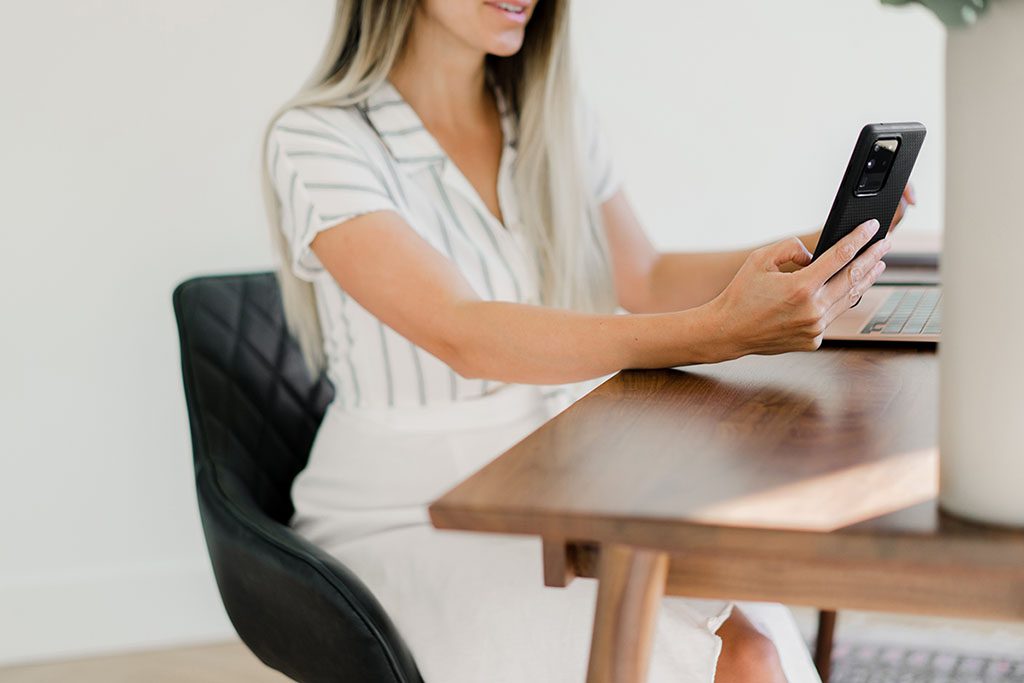
Have you ever been to restaurant where the service was great right up until you wanted the bill? Suddenly the attentive wait staff was nowhere to be found and you sat at your table for what seemed like an eternity waiting for someone to notice you. It can change your perception of the entire evening and leave you with only bad memories.
Your clients may have a similar experience if there’s no offboarding process in your business. They may feel they’ve been quickly brushed off as things wrap up and you move onto your next client project.
There are a few simple steps to create an offboarding process for your own business that will help you end your project graciously and leave clients as raving fans.
Here’s How to Create AN OFFBOARDING PROCESS
First let’s define what an offboarding process really means:
Offboarding is the process of moving a client to the final stage of their project.
There’s really nothing complicated and you may be doing this without knowing it has a formal name. There are a few steps that can be taken to make this the best experience for your clients. And when you take the extra time at the end of your project, you’ll leave your clients feeling well cared for right up until the very end.
This can lead to more work in the future and referrals for your business. But more importantly, you’ll be establishing yourself as a designer who is professional and has a professional process in place.
CREATE AN OFFBOARDING DOCUMENT
If you’ve been in my template shop lately you may have seen this one but you can also create it on your own. This can be a physical or a digital binder.
The important information you want to include is:
- Contact Information – include contact info for trades and suppliers. This is helpful for your clients in the event that there’s damage or items that need to be repaired in future.
- Product Care Information – this could be care for countertops, flooring, furniture, etc.
- Schedules – include furniture, paint, appliance schedules with product information and links.
- Product Warranties – warranty information is often not passed onto clients and it can be a source of frustration down the road.
- Photoshoot Instructions – if you’re planning a shoot in your clients home give them all the info they need to be prepared.
- Request for Review – even happy clients often don’t think to leave a review. Asking will almost always result in a great review on your website or social channels.
- A Goodbye Message – leave a lasting impression and a way to contact you in future.
There are quite a few benefits to delivering an offboarding document to clients. First, it takes future responsibility off your shoulders and places it with the client. If for instance, a crack develops in a marble countertop you’ve provided them with all the information they need to get the supplier in to fix this.
Without an offboarding document your client will likely turn to you first. This can sometimes just be a phone call for the contact info but it can also lead to unnecessary work for you. They may ask that you follow up and make the arrangements. Avoid these conversations altogether by just handing over all the information you have.
SEND A SMALL GIFT
Just as most realtors leave their clients with a small thank you gift upon closing, designers do this as well. This gift should be directly commensurate the cost of the project. Some gift ideas are:
- A bottle of champagne or wine
- A plant
- A gift card to a local restaurant
- Small decor item that suits the home
- For much larger projects some designers are hosting dinner parties or cocktail parties for their clients as a way for them to showcase the new home.
Don’t forget to include a hand written card. We so rarely get hand written cards anymore so it’s a nice suprise to receive one.
WANT TO CREATE AN OUTSTANDING INQUIRY PHASE? READ THIS POST
CREATE AN ANNUAL CHECK-IN REMINDER
Now that you’ve said a formal goodbye you want to make a point of staying in touch. Mark your calendar with a date for a check-in with your clients sometime in the upcoming year. This could be the anniversary of when your project ended in which case a short email celebrating the milestone would be perfect.
This keeps you top of mind in case they ever consider more renovations. It also reminds your clients of what you do in case they’re ever asked for a referral.
Use this as a marketing tool for all your clients and you’ll be surprised how often you receive referrals.
(Pro tip – if you do this, you already have a massive advantage over your competition).

SCHEDULE AN offboarding MEETING
Schedule an offboarding meeting with your clients and allow them to ask any final questions. This will help them understand the ways in which they can contact you. You’ll present them with any receipts they may need for purchases made on their behalf. Give them their offboarding binder and go through it with them to allow them to understand what’s included. Generally, just hand over whatever information belongs to them.
This meeting is a great way for you to get feedback around your processes. Learn what went well and how things could improve. If you want to be better after every project, use this time to learn more about your business from your clients.
I hope you can see how having a formal offboarding phase can end the project on a high for your clients. This is a step to becoming an outstanding designer.
In order to kickstart your processes, check out my template shop. I have the templates you need to get your business organized quickly.
